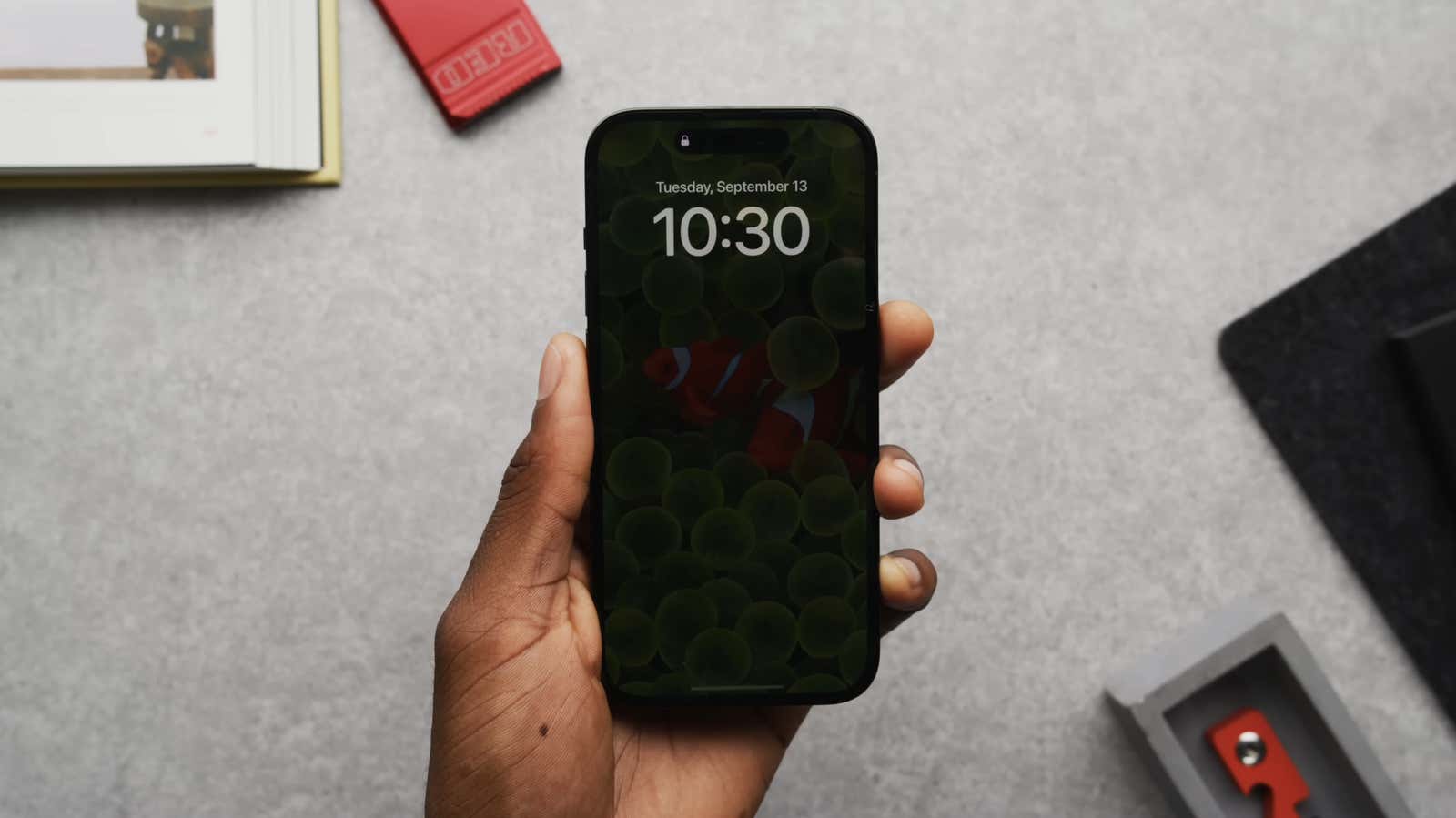How to Optimize Your IPhone 14 Pro’s Always-on Display

With the 14 Pro and 14 Pro Max , Apple has finally introduced Always-On Display (AOD) to the iPhone. Android devices had this feature years ago and Apple has been producing compatible OLED displays for almost as long, but it’s only now that we can keep our iPhone displays backlit 27/7. Hooray! Just a little lack of performance.
AOD is most useful when it allows you to access basic information without requiring you to wake up your phone. This is usually the time, but visible notifications and widgets can also be useful. If you need more, you will probably still have to pick up the phone.
The iPhone, however, seems to take a design approach from the Apple Watch, Apple’s first AOD device. A wearable device’s AOD often retains all of the images and information from the active watch face, but darkens them slightly. Small screen is fine. On a large smartphone display, this is not ideal. Apple wants you to be able to see the entire lock screen, including the wallpaper, at any time by simply dimming it all when you enter AOD mode. But for many 14 Pro and 14 Pro Max users, the end result will look too busy – like you forgot to put your phone to sleep, but forever.
It also creates problems with battery life. Even though Apple has designed its AOD to use as little power as possible, it still displays a lot of information most of the time. True, the AOD only kicks in when the display is visible , so it stays blank when you carry it face down in your pocket or on your desk, or when using various features like Sleep Focus or Low Power Mode. However, as YouTuber Marques Brownlee points out, you’ll get “slightly worse battery life” than with the 13 Pro Max for the same general usage. AOD doesn’t show up in battery stats, but Brownlee suggests it’s the culprit. May be. But it’s undeniable that AOD would consume less power if Apple gave you the option to turn off most of the display and light up pixels for time and widgets only.
It’s possible Apple will improve this feature in future updates, but for now the general advice is to disable AOD if you don’t like the dimmed look of the lock screen. However, there is a way to trigger a simple black and white AOD, which is more like how it is done on other smartphones.
How to Simplify iPhone 14 Pro Always-On Display
The fix requires using Focus , usually meant to block some or all notifications so they don’t bother you at certain times of the day. However, you can create a Focus that allows all notifications and apps to work, and enable this simplified AOD.
Go to Settings > Focus > (Select your focus) > Options , then turn on Dimming Lock Screen. This setting is meant to make your lock screen darker during focusing when you don’t want its brightness to distract you, but with 14 Pros it also acts as an AOD feature.
When you activate this Focus, your iPhone will switch to black and white AOD mode, showing only the time, any widgets you’re using, and the name of your Focus at the bottom of the display. This is a minimalist approach to AOD.
There’s another downside: since you need to turn on lock screen dimming for this fix to work, your lock screen wallpaper will also be dimmed. When you wake up your iPhone, you will see your lock screen as you designed it, but it won’t look as bright as usual. Currently, Apple is forcing this compromise on whichever approach to AOD you choose. I hope something will change with iOS 16, but who knows.
[ 9to5Mac ]